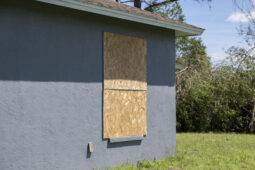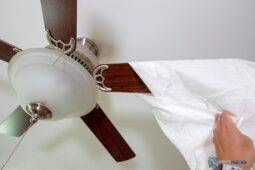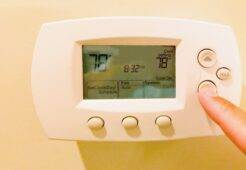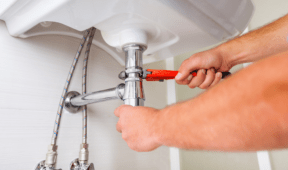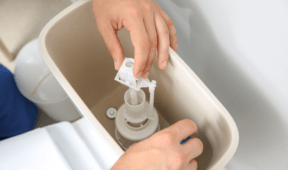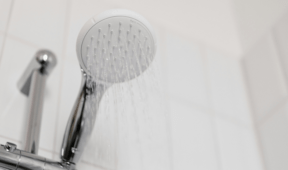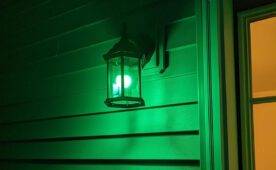Why You Shouldn’t Use A Swiffer Mop To Clean Your Floors
Swiffer mops are synonymous with household cleaning these days. They’re easy to grab, quick to use, and promise a cleaner home with minimal effort. While they may seem like the perfect cleaning companion, they aren’t always the best choice. In fact, depending on what you’re cleaning and how often you use them, they could be doing more harm than good. Before you reach for that Swiffer, here are a few things worth considering.
1. They Don’t Really Deep Clean
Swiffers are designed for surface cleaning, not deep cleaning. That means they mostly push dirt and dust around instead of fully lifting it. If you’re dealing with stuck, built-up grime or sticky messes, a Swiffer won’t do much to help. Over time, this can lead to floors that still feel dirty no matter how often you “mop” it.

2. Not Good for Every Surface
Swiffers aren’t suitable for all types of flooring. Hardwood and laminate, for example, can be sensitive to both moisture and harsh cleaners, meaning some Swiffer solutions may leave a residue or dull the finish over time. On rougher surfaces like tile with deep grout lines, the pad won’t reach into the grooves, meaning you’re completely missing some of the dirtiest spots while cleaning.
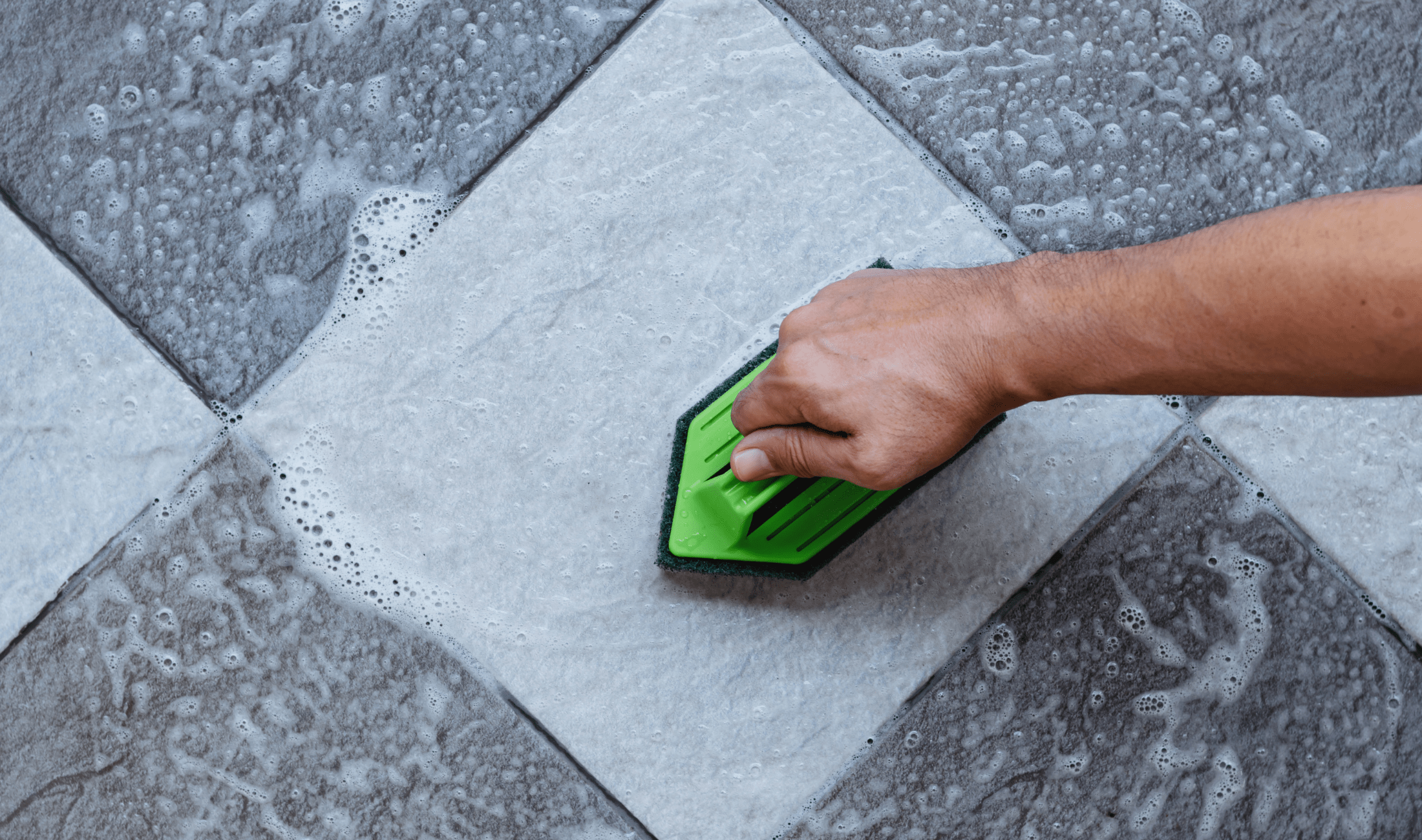
3. Harsh Chemicals
Swiffer products often use scented cleaners and chemical additives. If you or someone in your home has allergies, asthma, or sensitivities, that might cause problems. Even pets can be affected by residue left behind on floors. While these cleaners smell fresh, they aren’t always the healthiest option for people or animals. If you’re trying to reduce chemicals at home, you might want a more natural kind of cleaner.
4. Lots of Refills
Swiffer pads are disposable, which means you’ll need to restock them regularly. That adds up fast when it comes to waste. It’s easy to underestimate how many refills you’ll go through, especially if you’re cleaning multiple rooms or an entire home. Meanwhile, reusable cloths or mops can often be washed and reused for years. Choosing reusable tools and more eco-conscious cleaning products helps cut back on waste in a big way over time.
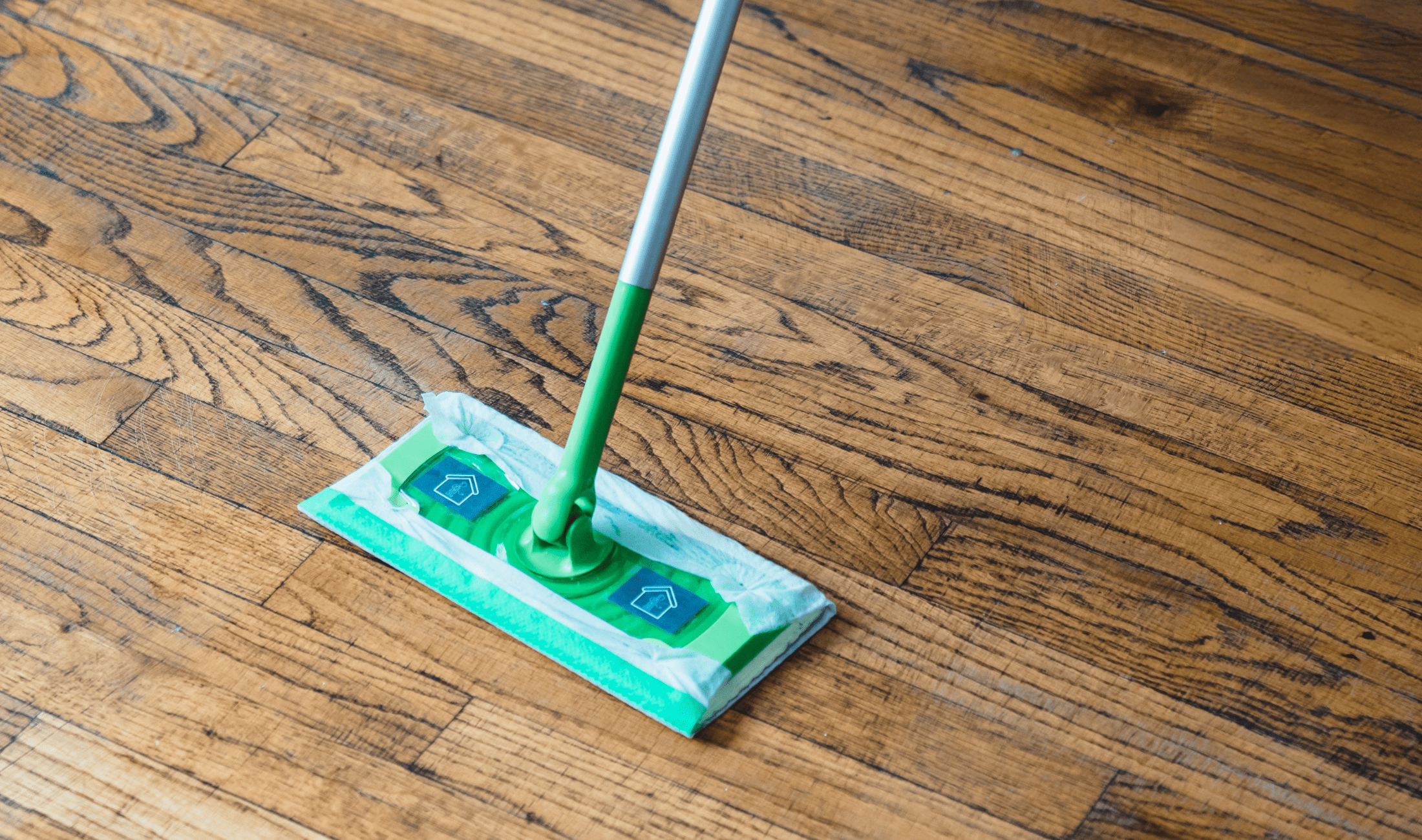
5. Not the Cheapest
Speaking of those refills, Swiffers might seem budget-friendly at first as the up-front cost is pretty low, but the future costs add up quickly. Between replacement pads, cleaning solution bottles, and even batteries for some models, it becomes an ongoing expense. You’re paying for convenience more than long-term value. Traditional mops, brooms, or microfiber cleaning cloths may have a higher upfront cost, but they don’t require constant restocking. Over the course of even just one year, switching could save you more than you think.

6. Longevity
While Swiffers are convenient, they’re not always built to last. The plastic parts can wear out or snap, especially with regular use. Other tools, like any style of traditional mop, broom, or duster are often made with durability in mind and can stand up to years of cleaning. If you’re investing in your cleaning routine, it makes sense to choose something that won’t need replacing after a few months.
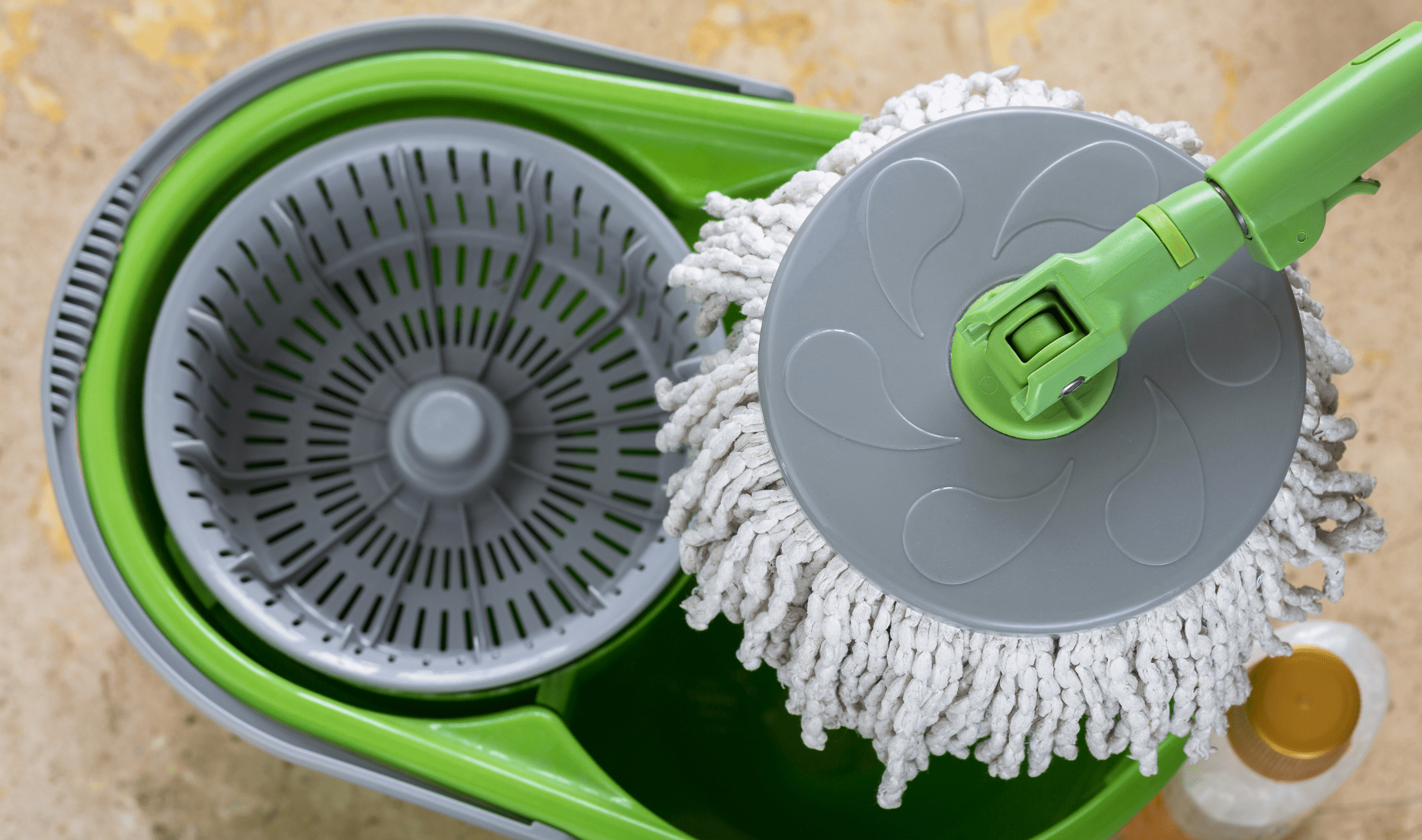
Related Articles
- How to Use Vinegar to Clean Floors the Right Way
- Your Vinyl Flooring Could Be Poisoning Your Home
- How to Prevent Sticky Floors After Mopping
Swiffer mops certainly have their place, as they’re convenient, light, and easy to store, but they aren’t a one-size-fits-all solution. For many homes, especially those with specific needs, there are likely better and more sustainable options. Before you reach for that box of refills, take a moment to consider what your home really needs, and what you’re wanting to invest in the space you love.


